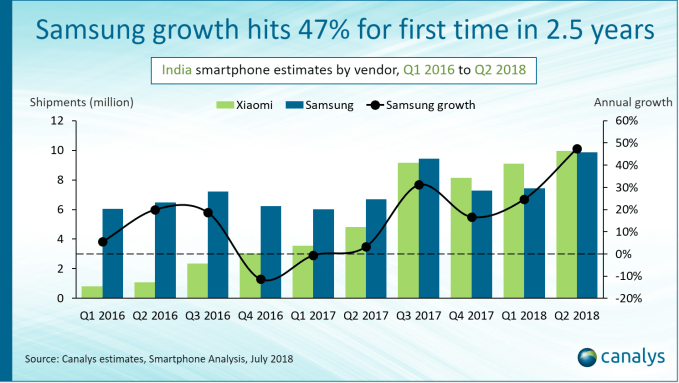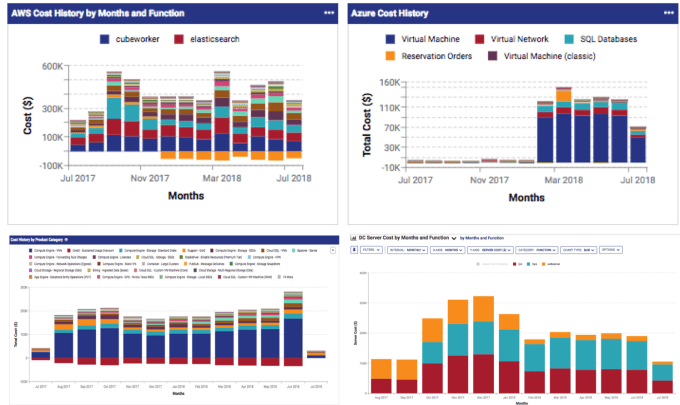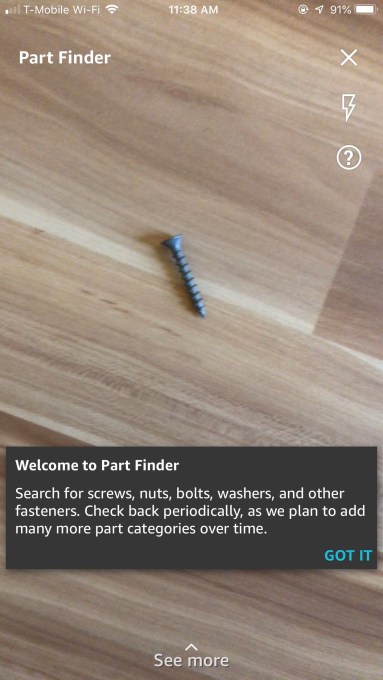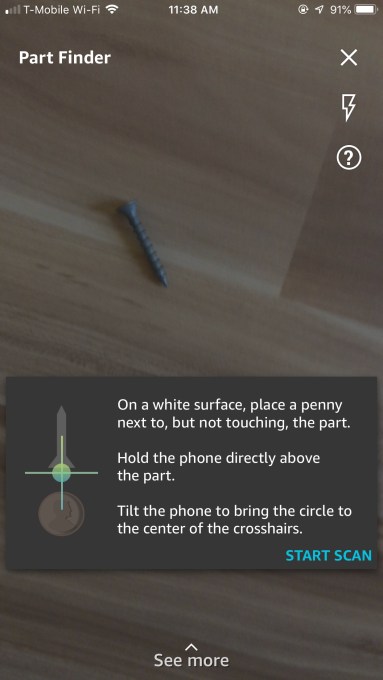Arrivo, the upstart high-speed mass transit technology developer launched by a former co-founder of Hyperloop One, has inked a massive partnership with a Chinese state-owned infrastructure developer to help finance mobility projects around the world.
Genertec America, an affiliate of the China National Technical Import and Export Corp., which is a wholly-owned subsidiary of the General Technology Group Holding Co., has agreed to put up a $1 billion credit line to finance projects anywhere in the world that will use Arrivo’s technology.
“Arrivo provides a unique solution for regional mobility and a great complement to high speed rail and airports. We are excited to be an early partner in the deployment of mobility systems utilizing Arrivo’s transformative technology,” said Yalin Li, President of Genertec America, in a statement. “We look forward to many opportunities to build this new mode of transportation in regions around the world.”
Working with a Chinese infrastructure developer may be both a blessing and a curse for Arrivo. China’s infrastructure loans have come under fire from U.S. government officials, who accuse the Chinese government of saddling countries with overwhelming loads of debt so they can seize strategic assets. And the Chinese government is working to curb profligate spending on unnecessary infrastructure projects domestically — which could impact how it deploys capital abroad.
“None of these projects will be on our balance sheet. We will be the technology vendor to the project owner, so final financing terms will be between Genertec and project owner,” Arrivo chief executive Brogan BamBrogan explained via text. “They are excited because they see the true potential of operationally profitable transportation/mobility projects – which is extremely rare today (perhaps doesn’t even exist).”
The news comes on the same day that Hyperloop Transportation Technologies (another player in the wild world of tubular transportation) announced an agreement with the government of Guizhou to set up a 10 kilometer test track in the city of Tongren.
The curbs on infrastructure spending that China is enacting may also prove problematic for HTT and its commercial project in Tongren. For the deal, HTT is going to provide the technology and talent, and the government in Tongren will finance and build the project. Financing for the joint venture will be split between Hyperloop and outside investors and the Tongren goverment.
Arrivo has one project underway in Colorado — a plan to loop Boulder and Denver together using its variation on the hyperloop model. The company is planning a $10 million to $15 million facility in the state.
Unlike the original vision of a hyperloop, which would send a vehicle speeding through an de-pressurized vacuum tube at nearly 700 miles per hour, Arrivo’s system relies on what it calls “guideways” which are built to integrate with existing infrastructure. The company touts that these thoroughfares will be able to move 10 times the number of vehicles of ordinary highways and can include public transit and delivery vehicles.
In some ways, it’s more akin to the proposed Boring Co. mdoe of transportation proposed by BamBrogan’s former boss, Elon Musk (BamBrogan was an early employee at SpaceX).
And while Arrivo and HTT are getting calls from China, Hyperloop One is looking to the UAE as one of its first international ports of call.
What’s clear is that local governments in China and the country’s state owned enterprises see promise in new mobility infrastructure investment — and look at hyperloop technologies and their offshoots as a potentially more attractive investment option than other infrastructure developments which the government might view as more of a boondoggle.






